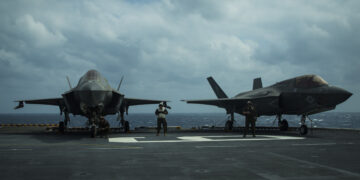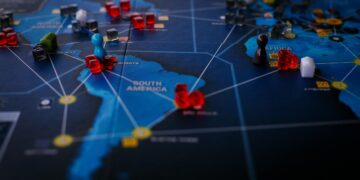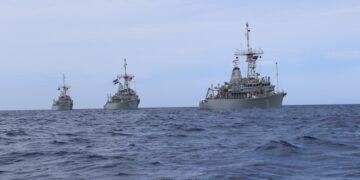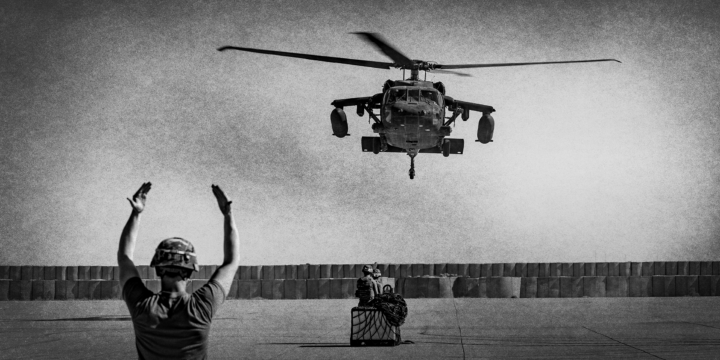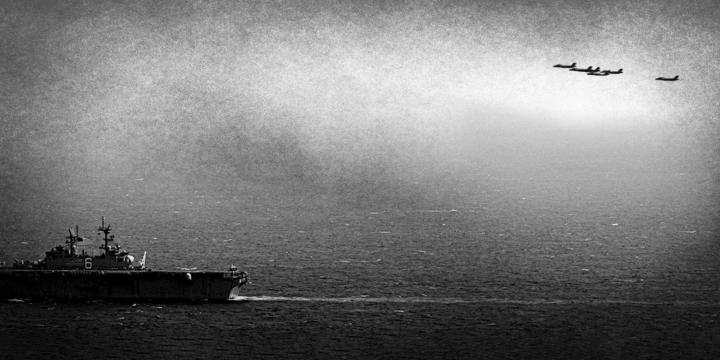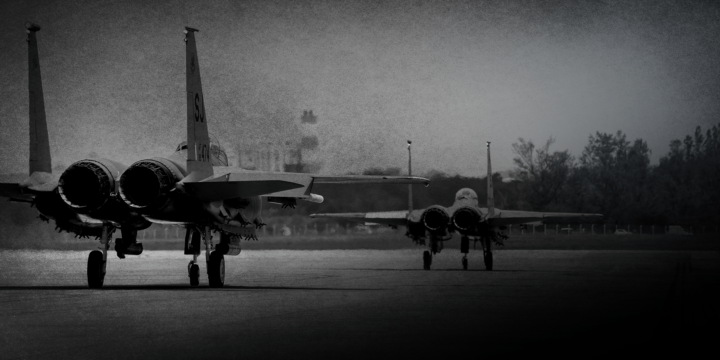October 24, 2024
Contemplating naval combat in the Western Pacific 80 years after the largest sea battle in history
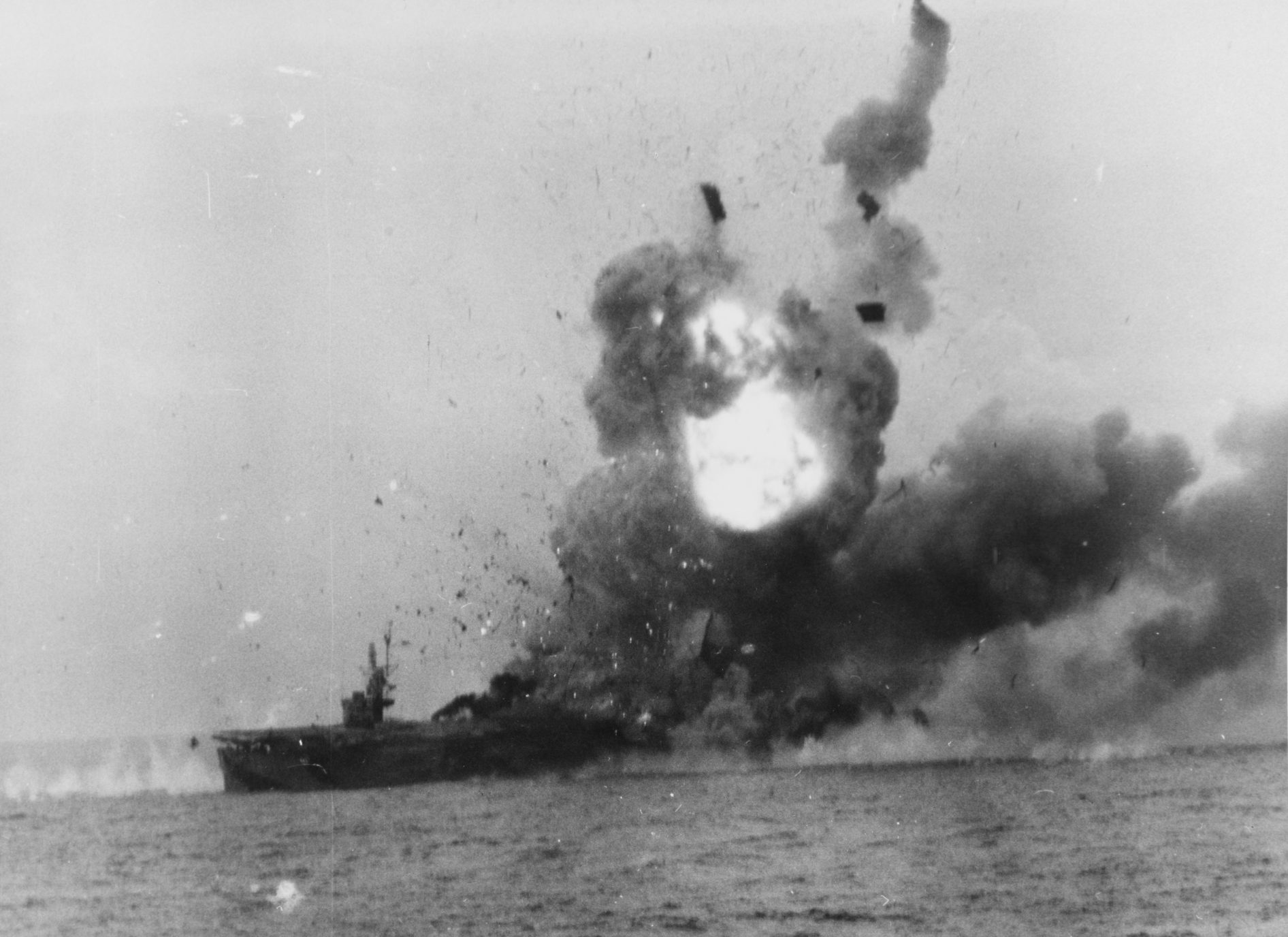
Many experts have probed the causes of the current South China Sea dispute, with explanations varying from national pride and natural resources to vital maritime trade routes and even to nuclear strategy. Yet the rich historical background of naval combat in the waters of the Philippines is too often neglected. This October, Americans are proudly celebrating the 80th anniversary of the stunning triumph of U.S. sailors and the maritime service in history’s largest ever naval battle: the Battle of Leyte Gulf.
Today, American strategists are once again focused on the prospect of large-scale naval combat in the western Pacific. The prospect of a naval war with China, a country that now possesses an estimated 230 times the shipbuilding capacity of the United States, is daunting. In this article, I not only explore the epic collision of two massive armadas and related strategic lessons from the Battle of Leyte Gulf, but also use unique Chinese military documents to discuss how contemporary Chinese strategists are similarly studying this classic naval clash of arms.
In the Pacific theater of World War II, the “miracle” at Midway in mid-1942 had given way to the bloody attritional battles of Guadalcanal and Tarawa in 1943. Americans gained many lessons in these initial campaigns, including the crucial role of logistics and the need to rotate personnel frequently given the intensity of combat. In mid-1944, the United States pierced Japan’s final defense line with its invasion of Saipan, near present-day Guam.
At that point, the two main leaders of the U.S. war effort in the Pacific, Admiral Chester Nimitz and General Douglas MacArthur, came to an understanding that the Philippines needed to be liberated before the U.S. could make a final assault on Japan proper. Military leaders in Tokyo saw a final opportunity to halt the American onslaught by inflicting a major defeat on the U.S. Navy in the vicinity of the Philippines. The elaborate plan involved throwing all of Japan’s major naval assets, including its vaunted super-battleships and the last of its carriers, into this last desperate fight and dividing its fleet in order to lure the Americans into a trap.
More on Asia
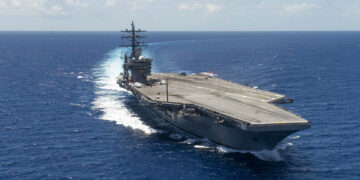
Featuring Lyle Goldstein
June 13, 2025



